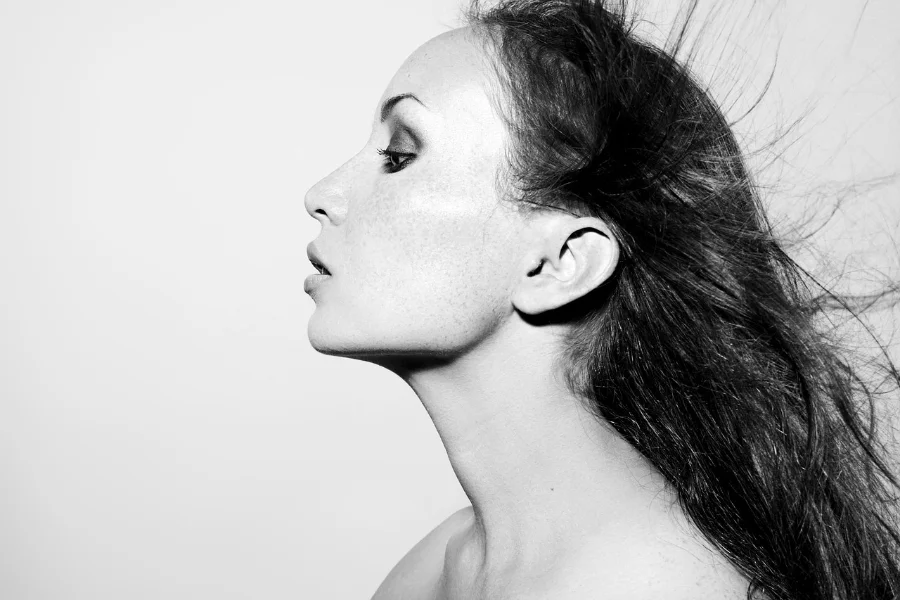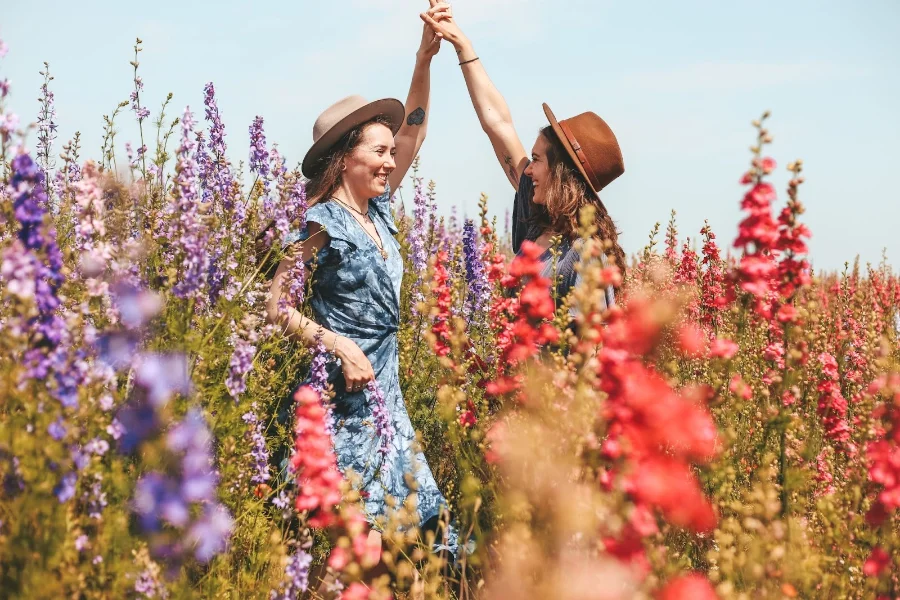Nordic countries are known for many positive qualities. People from these regions have a higher quality of life, more satisfaction, and social support. But outsiders also recognize another positive quality about Nordic people: they’re some of the most attractive people in the world.
While genetics is a big factor, Scandinavians also put health and skincare at the forefront. This is why the demand for Nordic beauty is growing.
Here are the latest trends in Nordic beauty and how businesses can satisfy these demands.
Table of Contents
Overview of Nordic beauty
Sweden
Denmark
Norway
Finland
Conclusion
Overview of Nordic beauty
Beauty trends in the Nordic region coincide with their lifestyle. Minimalism is at the forefront, as well as other principles such as hygge and lagom. That’s why individuals in Northern Europe take a minimalist approach to beauty, emphasizing self-care and prioritizing ingredients suitable for the body and the environment.
Specific trends impact individual countries. For example, birth rates in Norway are the highest in Europe. More families want to use products that are also safe enough for babies. On the contrary, the senior population in Finland will increase by 14% by 2030, increasing the push for skincare and healthy aging.
Businesses targeting the Nordic market should not only understand how their culture impacts beauty but also understand the demands in these countries.
Sweden

Sweden has always been at the forefront of innovation. From how we consume music to how to decorate our homes, people worldwide look to Sweden for new trends.
This extends to the beauty industry. Sweden’s Gen-Z generation now leads their beauty market; beauty brands are formulating their products with biotech ingredients, making products sustainable yet effective.
Though Sweden always had a minimalist approach to beauty, more products are emerging to enhance self-expression. Gender-inclusive and unisex products are also in-demand, blurring the lines between beauty and gender.
Less is more
The world knows that Swedish people capture minimalism in every part of their life, and that’s because it’s a reflection of their culture. Swedish people live by “lagom,” meaning “moderate.” While this term impacts their lives in multiple ways, modern shopping habits reflect this approach to reduce waste and save money.
Since the Swedish take a “less is more” approach, brands can sell multi-purpose items to Swedish individuals, such as lip and cheek tints. More Swedish individuals are opting for powder foundations to simplify their makeup regimen.
Since Swedish people are more environmentally conscious and want to reduce wasting natural resources, waterless face washes are becoming more popular.
Denmark

Danish individuals prioritize health and wellness—this not only extends to their physical but also mental well-being. The Danish live by a “hygge” principle, which translates to “comfort.”
Like other Scandinavian countries, Denmark is concerned about sustainability. In addition to having a planet-forward approach to packaging, Danish individuals prioritize using natural and locally-sourced ingredients in their products.
Skinimalism
Even though the Swedish put more emphasis on minimalism, the Danish take this further with skinimalism. Skinimalism offers a simple skincare ritual that still coincides with hygge and self-care. The Danish skincare routine rarely surpasses three steps, consisting of bare minimum products for maintaining skin health.
Consumers can buy a three-product set made with natural and effective ingredients such as turmeric. This set includes a plant-forward bar face wash, a moisturizer, and a multi-purpose oil.
There are other multi-purpose oils that one can use on the face, body, and hair. Power these oils with natural and moisturizing ingredients, such as lavender.
Norway

Norwegians prioritize leisure over anything else in life. That’s why they take a more passionate approach to self-care, using ingredients and products that reflect their intent.
Like other Nordic nations, Norwegians pay attention to the climate when purchasing products. They demand sustainable packaging and will look for the right certifications. They also demand certain products over others, such as moisturizing serums and balms to keep skin hydrated during the cold climate.
Family-friendly
Norway has long been considered one of the best places to raise a family. With long parental leave and work-life balance, more Norwegians welcome parenthood than other European nations.
Since more Norwegians are having children, parents want to buy multi-purpose products that are safe for the whole family. This demand represents the need for gentle ingredients and also combats the high cost of living in the country.
Businesses should prioritize selling natural beauty products, specifically body butter and lotion, to nourish skin in the harsh climate.
Finland

The Finnish have a strong connection to nature. Sustainability goes beyond packaging—Finnish beauty is plant-forward in every step of the supply chain, including product formulations. Because of this, consumers value transparency and will research brands before supporting them.
The Finnish self-care routine also prioritizes relaxation. They have longer nighttime routines, including bath care and body care to their rituals.
Clean
The Finnish care about their skin health and only use clean products with effective ingredients. Businesses should sell natural oils made with soothing ingredients such as rose oil. Finnish consumers are well-educated, so sell products made with protective ingredients such as birch bark.
More Finnish consumers are also using adaptogens to treat various skin conditions. Products such as turmeric essence will treat skin concerns and give skin a natural glow.
Aging healthy
Nearly 23% of Finland’s population is over 65, making this country one of the most aged in all of Europe. However, Finland’s beauty market doesn’t want anti-aging products. Instead, they demand products to age healthy and support the various changes in mature skin.
Businesses can start by selling skincare sets, complete with all necessary products to enhance mature skin health. Since the Finnish are educated on ingredients, they prefer using natural sources of collagen.
Businesses can also sell adaptogens such as turmeric to this market, which targets skin pigmentation and other common mature skin concerns.
Conclusion
When expanding to the Nordic beauty market, businesses must identify the qualities that will drive these consumers to their shops and website.
Nordic beauty coincides with many lifestyle preferences, such as lagom (“less is more”) and hygge (“comfort”). Businesses should also take a step beyond sustainability and use a planet-forward approach to make products more effective.
Every country has different concerns; while more Norwegians have children and want to use family-friendly products, the senior Finnish population is growing, and healthy aging products are in demand.
Businesses must have an excellent strategy when targeting consumers in a certain country or demographic. Beauty businesses can read the Baba Blog to better appeal to consumers in different markets.




